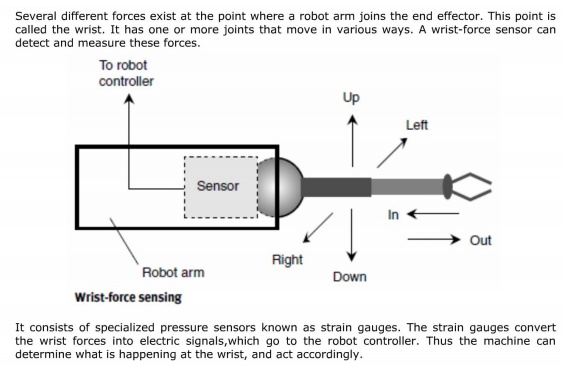The compliant geometry of the robot allows the body to deform. The side of the body is to be covered with textile.
Compliant geometry
The compliant geometry of the robot allows the body
to deform. The side of the body is to be covered with textile. An impact at any
point on its textile cover will deform the textile slightly but also tilt the
top of the body away from the impact. A compliant body has many safety
advantages in populated environments, such as a party or conference reception.
Many robots use a mobile outer shell to detect collisions, e.g. in the Rug
Warrior (Jones and Flynn, 1993). In ButlerBot however, the body itself
s the detector. While compliance has been investigated for couplings and joints
(see e.g. Trease et al., 2005; Meyer et al., 2004), we are not aware of other
work using the whole body as a compliant system. Inside the robot is a
light-weight support structure. The tray of ButlerBot is supported by 4 poles
which have foam dampers at the end. Additionally 4 strings stretch from the
centre of the tray down to the edge of the base like the stays of a boat mast,
see figures 1b and 2. Each string incorporates a spring to allow flexibility.
The 4 poles are mounted off-centre, which allows the tray effectively to shake
in the horizontal X-Y plane. The springs have a sensor attached (potentiometer
Pot in figure 2) in order to measure their extension. This allows estimating
the position of the tray at the top and the amplitude and direction of the
shaking. There is a sensor in the spring aligned with the X-axis and another
sensor in the spring aligned with the Y-axis.

Study Material, Lecturing Notes, Assignment, Reference, Wiki description explanation, brief detail
Mechanical : Robotics : Sensors and Machine Vision : Compliant geometry |
